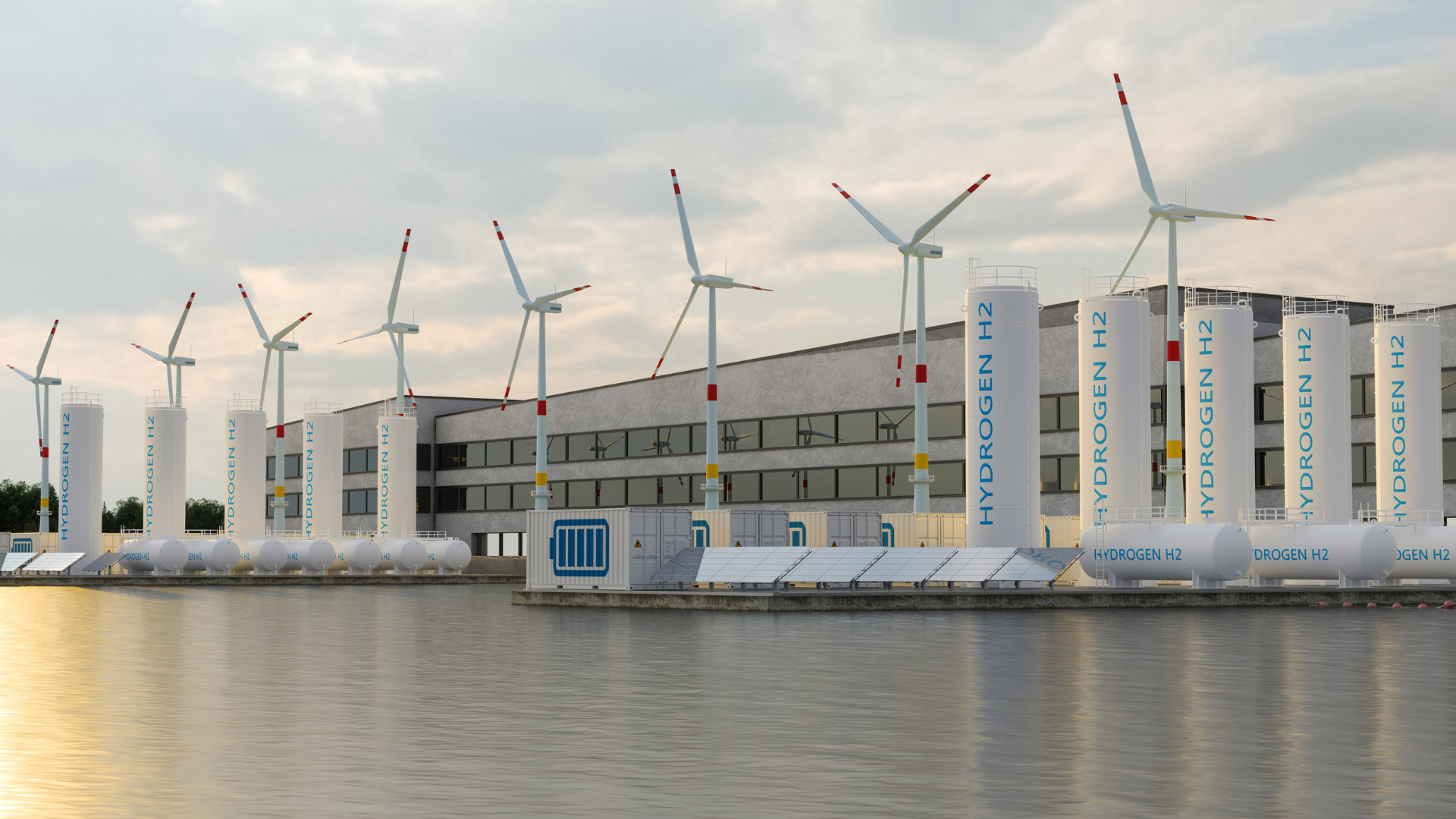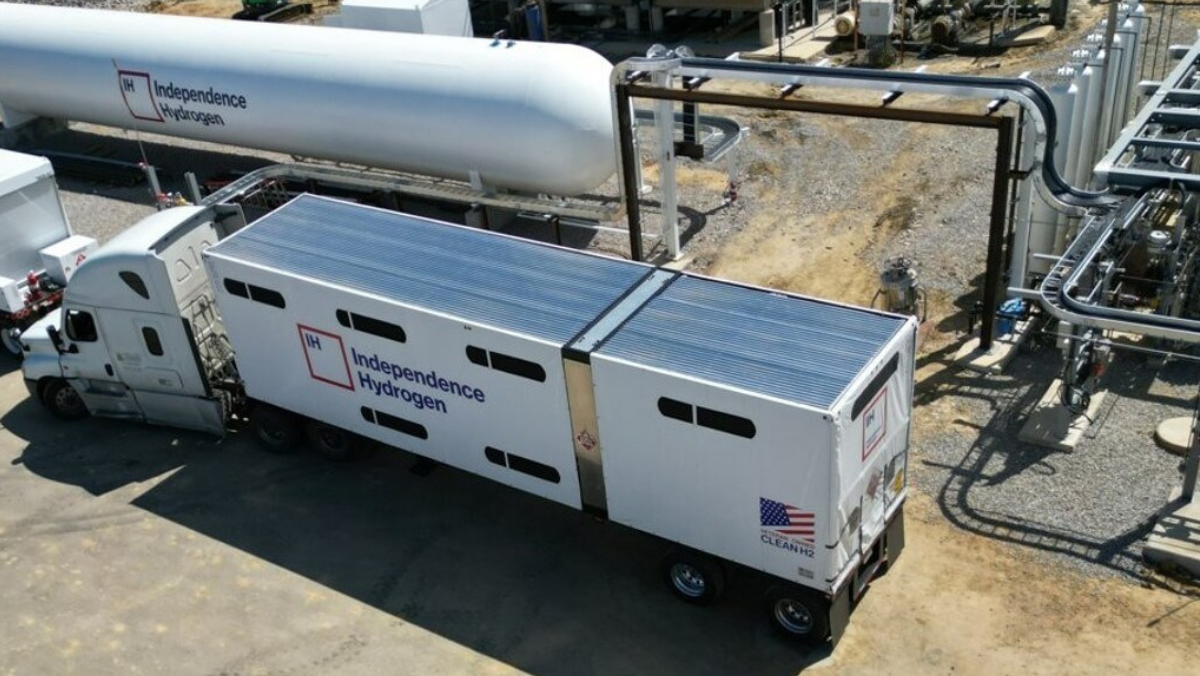MARKET TRENDS
Hydrogen Goes Local in the United States
Air Products and Bloom Energy invest in regional hubs to curb delivery costs and stabilise volatile hydrogen prices
31 Mar 2025

US hydrogen producers are shifting towards a regional supply model as they seek to reduce delivery costs and manage persistent price volatility. Companies including Air Products and Bloom Energy are investing in localised hydrogen hubs to produce fuel closer to demand centres, departing from traditional long-distance supply chains.
The move follows sharp price swings that saw hydrogen rise to nearly $4,300 per metric ton in late 2024 before easing in early 2025. Industry executives say transportation, storage and compression now account for up to 30 per cent of hydrogen’s final cost, making proximity a strategic advantage.
Air Products has begun rolling out hydrogen hubs in California’s industrial corridors, with additional locations under evaluation along major freight routes in Texas. Bloom Energy is deploying compact, modular systems near ports to support maritime and heavy-vehicle fuelling.
"The closer we can get to the customer, the more control we have over cost and consistency," said one executive involved in the shift. “It’s about putting clean hydrogen exactly where it's needed, on time and on budget.”
This decentralised approach also supports newer pricing mechanisms. Plug Power is trialling dynamic contracts that link hydrogen costs to real-time energy markets, aiming to offer greater flexibility and price transparency for industrial buyers.
However, not all market participants are ready to adopt the model. Many customers still favour fixed-rate contracts, and regional infrastructure remains uneven. Smaller producers may also face challenges navigating the complexity of distributed supply networks.
Nonetheless, industry leaders argue that local hubs can support more stable growth for the sector, especially as federal incentives and state-level targets accelerate clean energy investment.
While large-scale hydrogen plants remain in development, producers see near-term value in flexible, distributed systems. As demand for low-carbon fuels expands, the US hydrogen economy may be shaped less by national grids and more by local networks designed for speed, resilience and cost control.
Latest News
17 Dec 2025
Why Smaller Hydrogen Networks Could Drive Bigger Gains15 Dec 2025
Inside the Hydrogen Playbook Accelerating US Projects11 Dec 2025
Why Hydrogen’s Big US Push Just Slowed Down4 Dec 2025
Uncertain Future for America’s Hydrogen Dreams
Related News

INNOVATION
17 Dec 2025
Why Smaller Hydrogen Networks Could Drive Bigger Gains

INVESTMENT
15 Dec 2025
Inside the Hydrogen Playbook Accelerating US Projects

MARKET TRENDS
11 Dec 2025
Why Hydrogen’s Big US Push Just Slowed Down
SUBSCRIBE FOR UPDATES
By submitting, you agree to receive email communications from the event organizers, including upcoming promotions and discounted tickets, news, and access to related events.